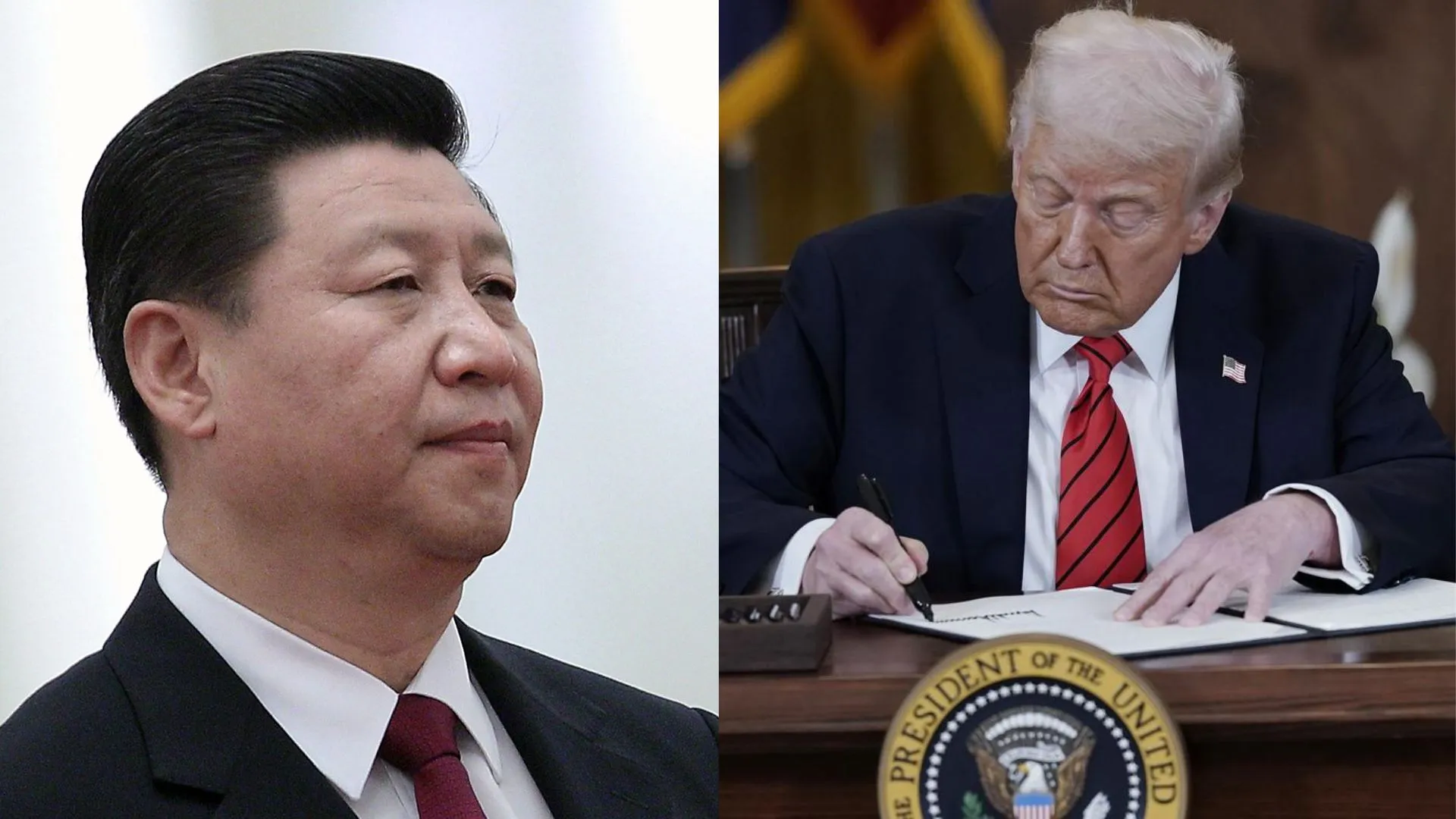Donald Trump has made good on his promise to ramp up pressure on China. Starting Wednesday, Chinese goods will face a staggering 104% tariff at the U.S. border.
The announcement came just hours after Trump’s 24-hour ultimatum to China expired. He had demanded that Beijing remove its 34% retaliatory tariff on American goods—or face consequences. China refused. The White House responded swiftly.
From Warning to Action: Tariff Tensions Escalate
Until recently, Chinese goods entering the U.S. were subject to a 10% tariff. But Trump accused China of having “robbed and ripped off” the American economy for years.
In response, he unveiled his “reciprocal tariff” strategy—charging other nations half the tariff they place on U.S. exports. For China, that meant an extra 34%, bringing the total to 44%.
But that wasn’t the end.
Soon after, the U.S. introduced a universal 10% non-reciprocal tariff targeting all global imports. Officials said this measure aimed to boost the federal reserve. As a result, China’s tariff burden rose to 54%.
Now, with the fresh 50% tariff added exclusively for China, the total levy rockets to 104%. This marks a near doubling in under a week—an unprecedented escalation.
Despite the hardline move, Trump left some room for diplomacy. On Truth Social, he wrote, “China also wants to make a deal, badly, but they don’t know how to get it started. We are waiting for their call.”
China Hits Back: “Will Fight to the End”
Earlier in the day, Beijing dismissed Trump’s deadline and condemned the U.S. approach.
“The US threat to escalate tariffs against China is a mistake on top of a mistake, which once again exposes the US’s blackmailing nature,” said China’s commerce ministry.
They made their stance clear: “If the US insists on having its way, China will fight to the end.”
As the world watches the two biggest economies go head-to-head, financial markets are already reeling. This trade clash is quickly becoming the most severe since the economic upheaval of the COVID-19 era.
ALSO READ: Trump Says He’s Waiting For Call From China to Start Trade Negotiations




















